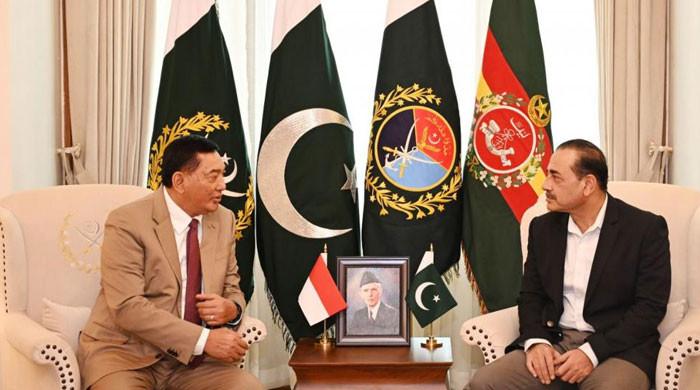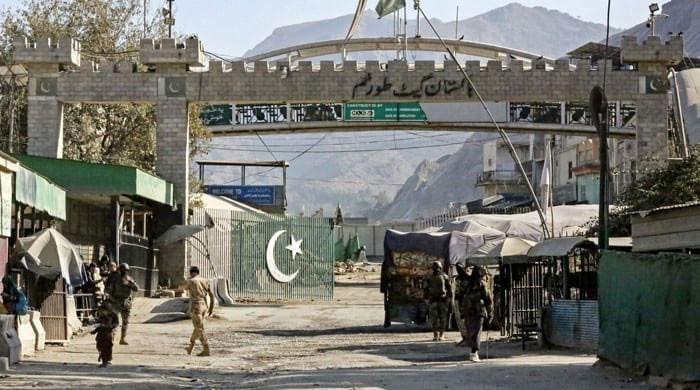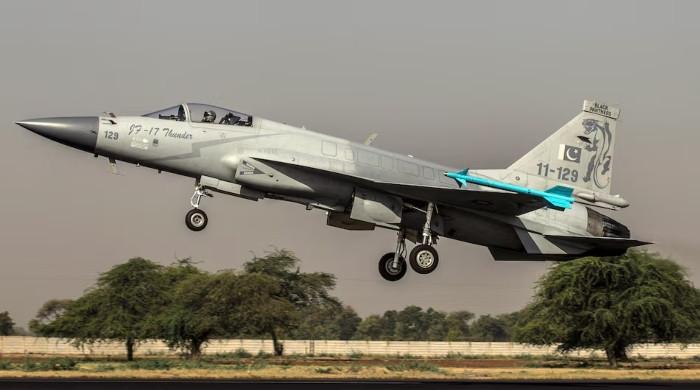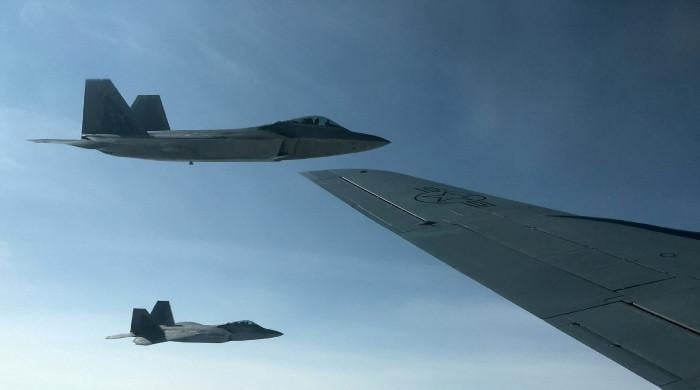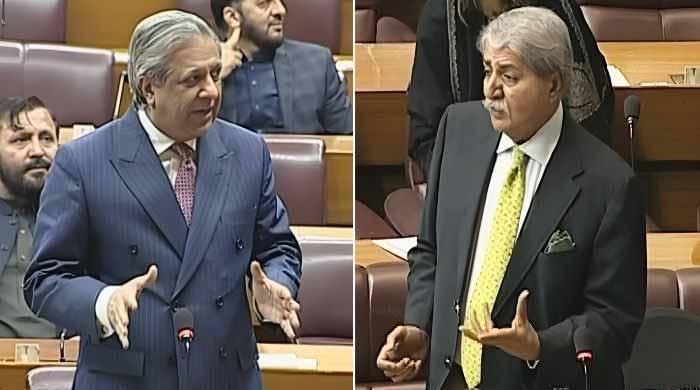The Bahawalpur province is easier to create than South Punjab
Will the PTI want to take on this beast during its five-year term?
February 21, 2019
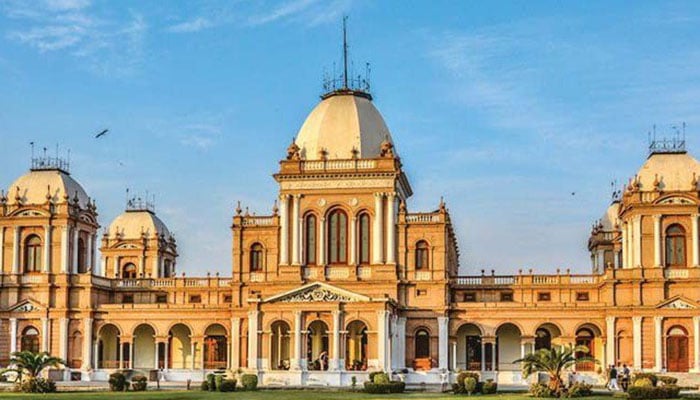
Last month, the opposition party, Pakistan Muslim League-N (PML-N), tabled a bill in the National Assembly for the creation of two new provinces – Bahawalpur and South Punjab. “If the government is serious about establishing the two provinces in Punjab, the PML-N will support them unconditionally,” said Ahsan Iqbal, a senior party leader.
It was a curveball the ruling Pakistan Tehreek-e-Insaf (PTI) could not have expected.
Prior to the July ballot, Imran Khan’s PTI promised to divide the 110 million-strong Punjab into two provinces – central and south Punjab. But now the PML-N wants the division three ways – central, south and Bahawalpur. And they are not the only ones. The PTI’s own coalition partners, the Pakistan Muslim League-Q are demanding the same. In December, PML-Q’s parliamentarian, Tahir Bashir Cheema, remarked in the National Assembly that Bahawalpur is a separate entity. “We want the restoration of Bahawalpur, instead of it being merged into south Punjab,” he said.
At the moment, in the Parliament, the Bahawalpur division has 15 seats, of which the city of Rahim Yar Khan has six, Bahawalpur five and Bahawalnagar has four. The PML-N’s recent bill suggests keeping the existing administrative division of Bahawalpur and expanding its share in the National Assembly to 18 seats – 15 contestable and three reserved for women. While, South Punjab would have 38 seats – 31 general and seven for women. The latter province would comprise of Dera Ghazi Khan and Multan.
On a provincial level, the Bahawalpur Assembly would have 39 members and south Punjab’s assembly would comprise of 80 members of the provincial assembly (MPAs), of which 64 will be on general seats, 14 on those reserved for women and two for non-Muslims.
Hyperbole aside, creating provinces requires large resources and long term adjustments. Then, there will be a question of reelections and who forms a government where?
Will the PTI want to take on this beast during its five-year term?
Simply put, for the PTI, South Punjab will be a challenge. But the proposed Bahawalpur province will not since on paper, it already exists.
Bahawalpur, a princely state, became part of Pakistan on October 5, 1947, a few days after the partition of the subcontinent. It consisted of the present day Bahawalpur, Bahawalnagar and Rahim Yar Khan. Despite finance, defence and foreign policy, which belonged to the central government, the province was free to overlook and run its own affairs. Even during the days of the British rule, the Bahawalpur state was held in high regard. On their way out, the British administration gave a 17-gun salute to the Nawab of the state.
After Pakistan was created, Bahawalpur was a rare success story. In 1951, its surplus budget was more than that of the other provinces. It had a higher education budget and enrollment of children in schools.
But then in November 1954, Iskandar Mirza, the then governor-general of Pakistan, merged it into West Pakistan, under the One-Unit initiative and dismissed the elected provincial government of Chief Minister Hasan Mahmud. When in 1970, General Yahya Khan ended the One-Unit system, Bahawalpur was turned into a division of Punjab. It did not regain its provincial status.
If PTI is serious and wants to stay true to its election manifesto, the Bahawalpur province will be easier to restore than stalking out a wholly new south Punjab province. The former only needs one executive order to become a reality.




